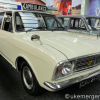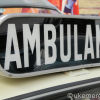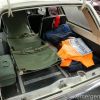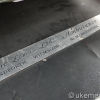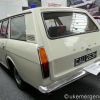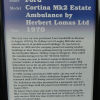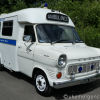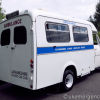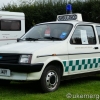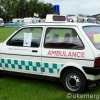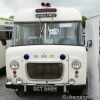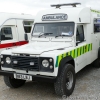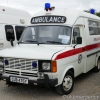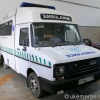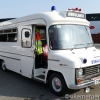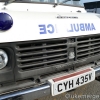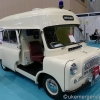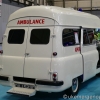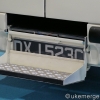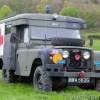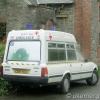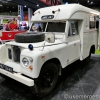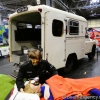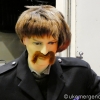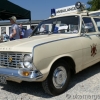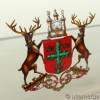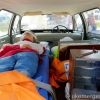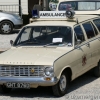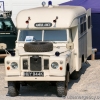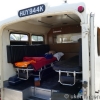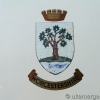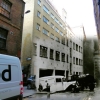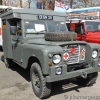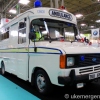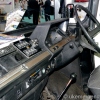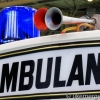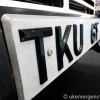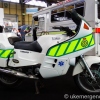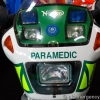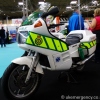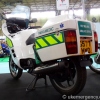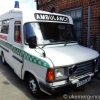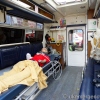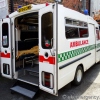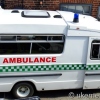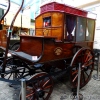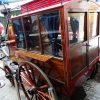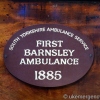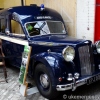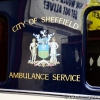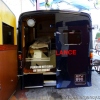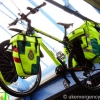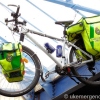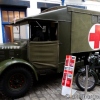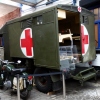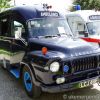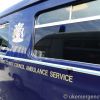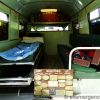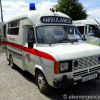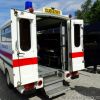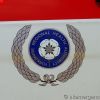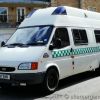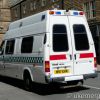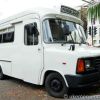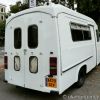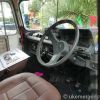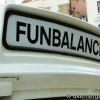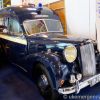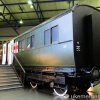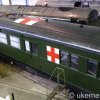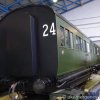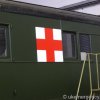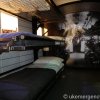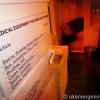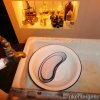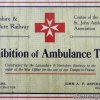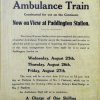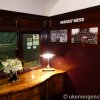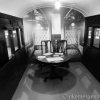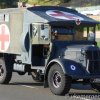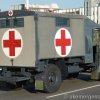Category: Classic Ambulance
Classic and vintage ambulances. Some are no longer in existence, some are still around today and preserved.
G577 MWD West Midlands Ambulance Service Norton Co..
G577 MWD
West Midlands Ambulance Service
Norton Commander
Paramedic motorbike now in preservation. This 1989 vehicle was when paramedics were new and there weren’t many in each ambulance service. Their specialist skills would see them travel in cars or on motorbikes across the county to the most serious ambulance calls.
A recreation of an ambulance train. Long trains like this were
A recreation of an ambulance train. Long trains like this were used to evacuate sick and injured soldiers to safety UK during World War I in 1914-18. Inside were bunk beds, nurses and a small pharmacy.
These huge hospitals on wheels were built at an incredible speed by the railway companies across Britain before entering service in France as well as the UK.
The trains were tightly packed with patients scarred by wounds as well as memories. The men were cared for by staff who worked long hours under intense pressure.
Typically there would be 47 orderlies, 3 medical officer, 3 nurses and 3 chefs looking after an incredible 500 casualties. The philosophy was to carrying as many casualties as possible as it was better to transport many people in some discomfort than to leave people at the battle front casualty clearing stations.
Triple bunks were used to maximise the space. If there were a number of seated patients, then they would occupy the lower bunks and this could push the number of patients being carried up to 650.
A small pharmacy on board would attempt to provide basic comfort to the patients on board.
There was a lot of interest around the ambulance trains when they were designed and introduced. A number of public events were organised to give people the opportunity to take a look for themselves at this new approach to repatriating injured servicemen.
The nurses mess provided an area where the small number of nurses could have a short break from dealing with the traumatic scenes on board.
Train companies were able to quickly build these train at the outbreak of war in 1914 because the Government had given them advance notice. Secret drawings were passed to the managers of Britain’s railways in 1912.
With so much work to do in Britain, many railway workers were denied permission to join the army. Those who stayed behind wore badges to show they were involved in war work and avoid being branded as cowards.

